Litter Intelligence
Part 1: Collecting the data
The Problem
Sustainable Coastlines came to us with a problem. They had started to collect a lot of data and were gearing up to collect a whole lot more.
We needed to come up with a way for the data to be collected and then presented to a global audience, including the United Nations.
For the last year or so Sustainable Coastlines had been developing and rolling out a long-term program for the collection of marine litter data. They had engaged community groups around New Zealand to run regular, scientifically rigorous litter collections. All lead by 'Citizen Scientists'.
Paper forms and manual processing was clearly untenable so it was time to digitise the collection process and surface the data for exploration.
There were a few design caveats...
- The app needed to work in remote locations, offline functionality was critical.
- It would be used by an eclectic range of Citizen Scientists, of all ages, devices and skills.
- We needed to be able to remotely test and fault find.
- Branding would be coming late in the piece, we may need to re-skin quickly.
- This would be an agile project, we want to release and test quickly and frequently.
The following is a high-level overview of the design work conducted during the first half of this project.
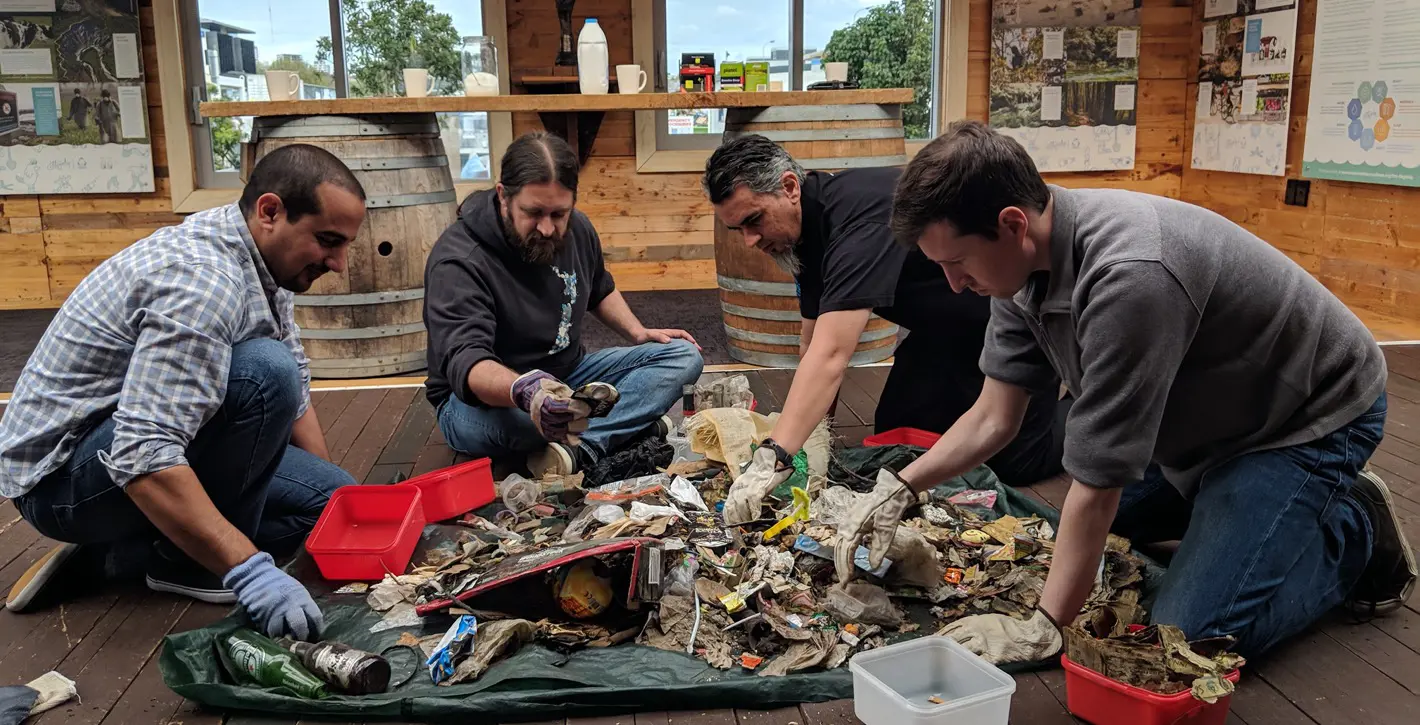
We began the project by undertaking some initial discovery work including discovery workshops and participating in litter audits to understand the current state of play. The first job became clear quite quickly, and that was to digitise the current paper forms to make the audit process quicker and easier for citizen scientists.
After a few rounds of sketching, wireframe design, and usability testing using InVision we arrived at the following design. Our developers then picked it up and built a working demo we could take on the road for some field testing.
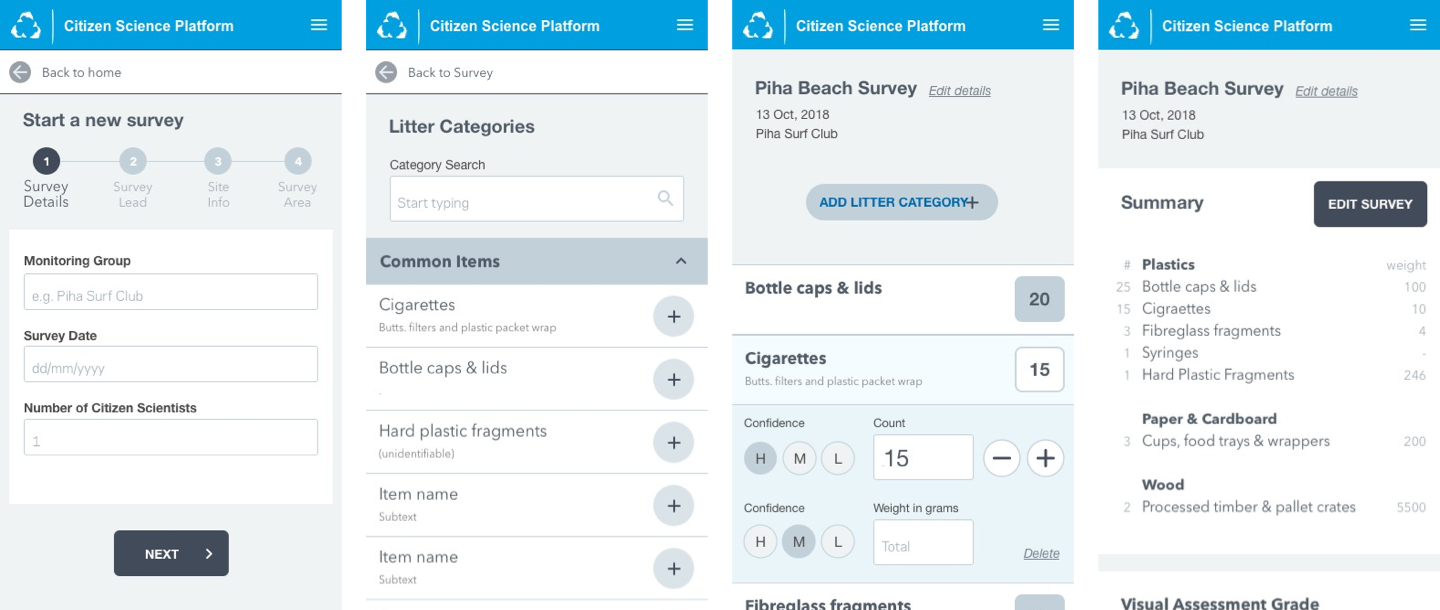
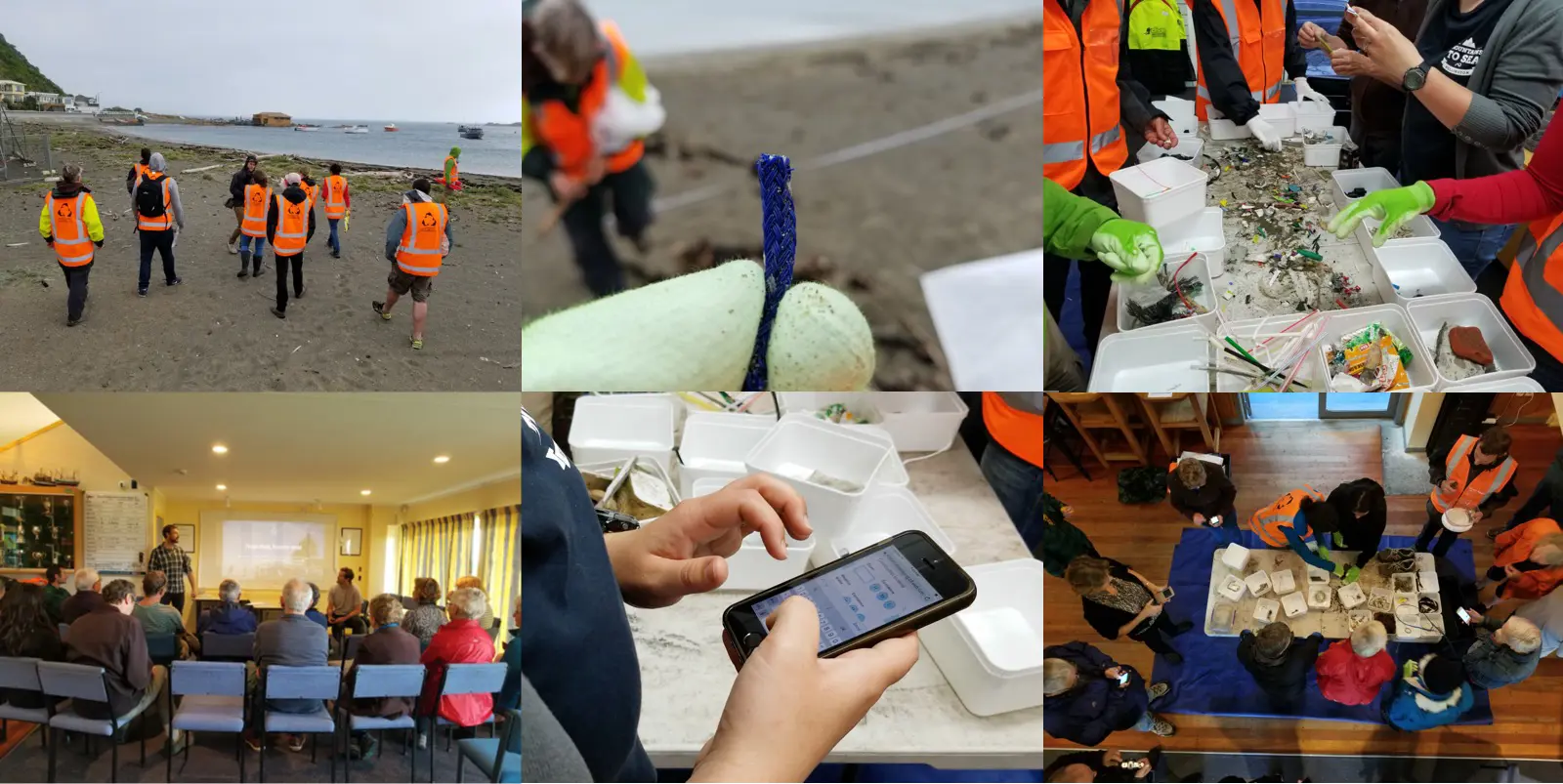
After the first day we found a few things that needed improvement so it was back to the drawing board to come up with some ideas to improve the usability. Fortunately we were sharing an Airbnb with the Sustainable Coastlines team so that evening we sketched up some ideas that we were able to discuss with a new group of citizen scientists the next day.
After the trip we assessed all the learning's and with a couple of rounds of testing we settled on an updated branded design that was rolled out over the next few sprints.
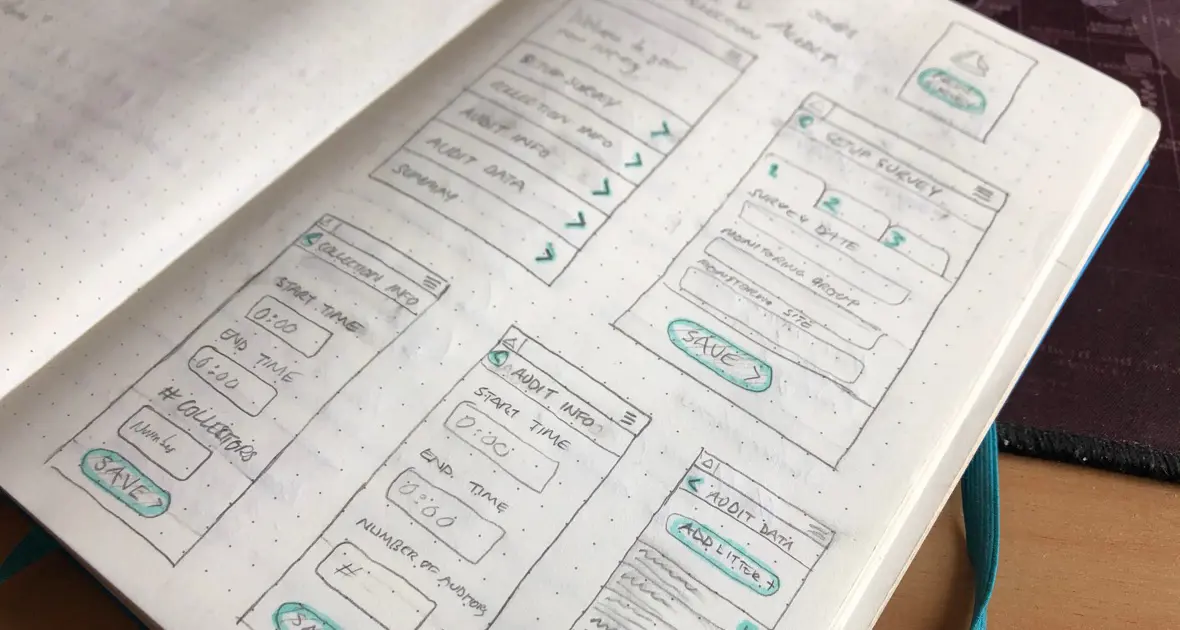
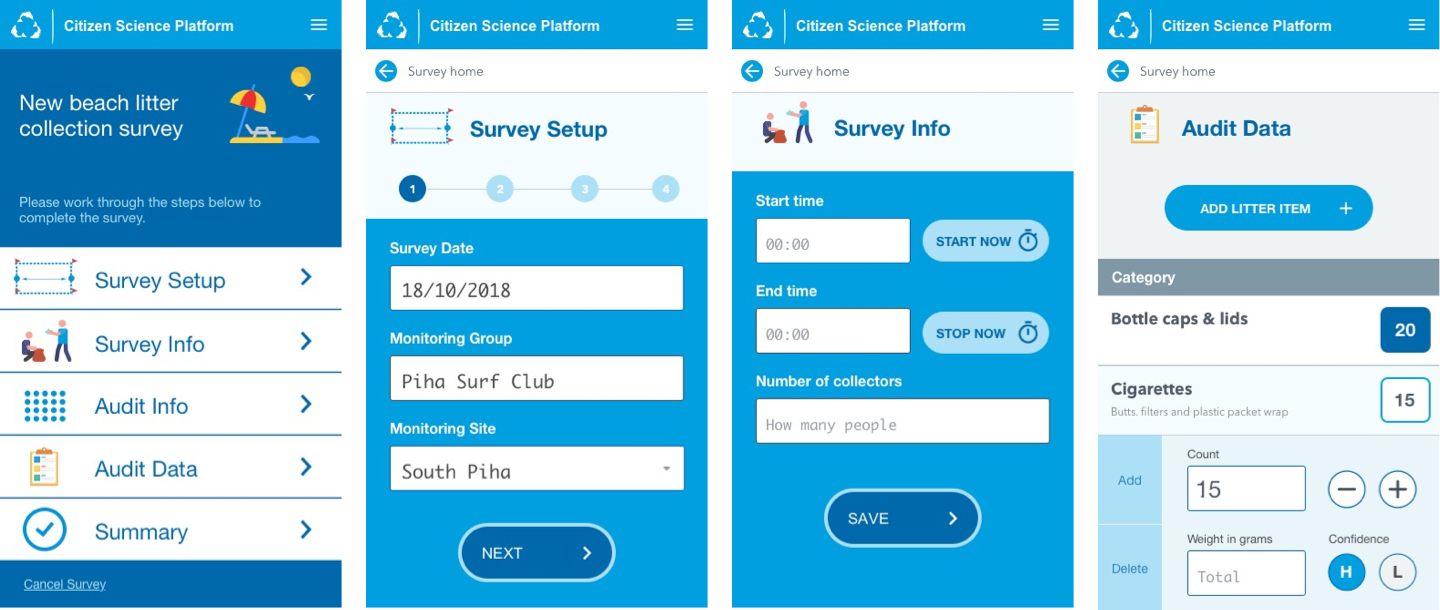
With the general design close, the Sustainable Coastlines team took the prototype out in the field for testing. With regular feedback coming in we were able to make well informed design decisions and prioritise the backlog.
We also conducted remote testing to try and reproduce bugs and usability issues the teams were finding out in the field.
Shortly before the launch date the new branding arrived and we were able to rollout the final designs just in time for the official launch.
You can view the app here →
More to come in Part 2: Exposing the data →
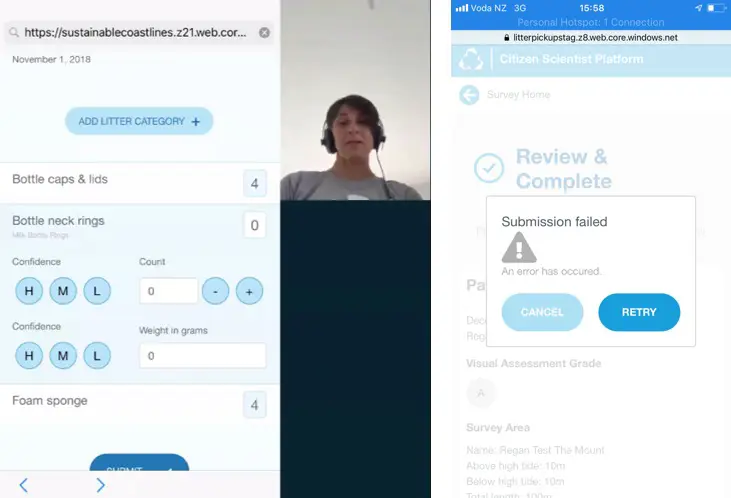
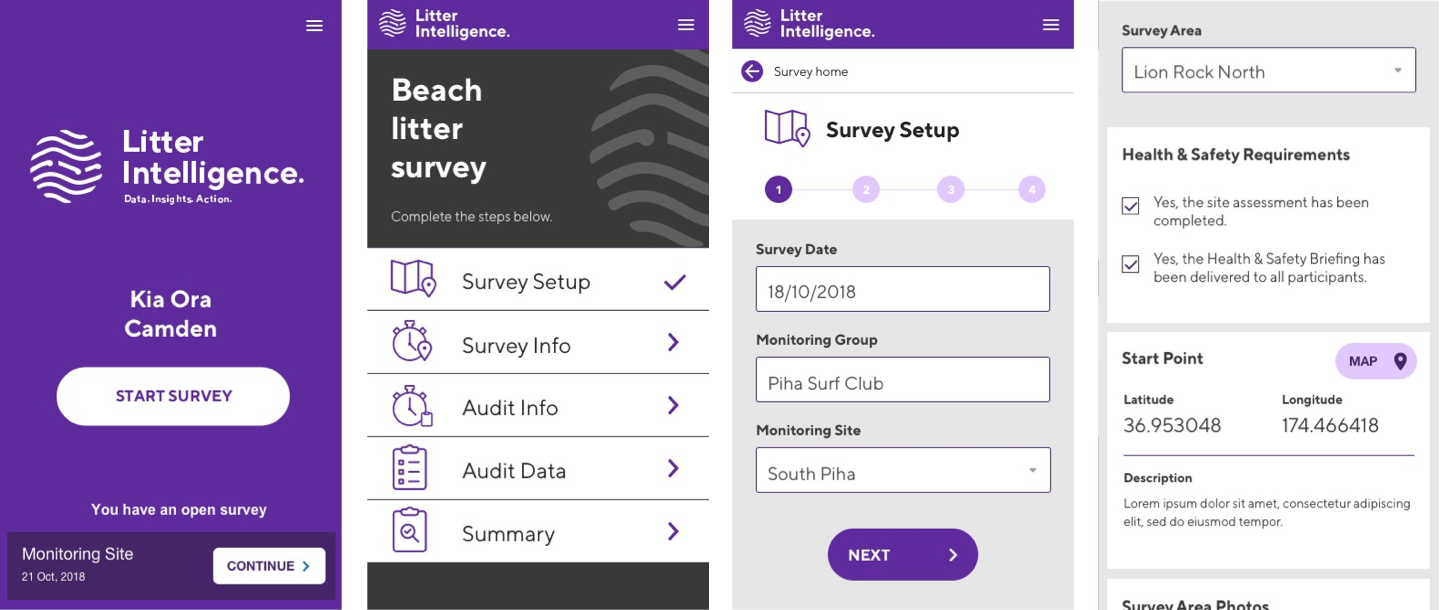
More of our work.
-
Wintec - Future You
Wintec Future You Case Study: Enlighten's digital solution connected Wintec with students & showcased pathways. -
Litter Intelligence – Exposing the data
With the data collecting problem well on its was to being solved, it was time to work out how we could put that data to work. -
Litter Intelligence – Collecting the data
Sustainable Coastlines came to us with a problem. They had started to collect a lot of data and were gearing up to collect a whole lot more.
